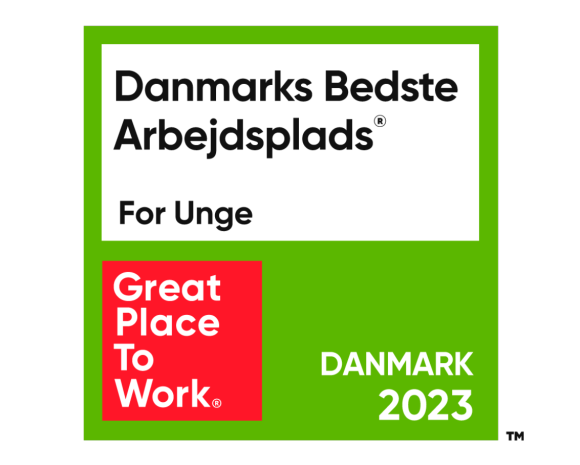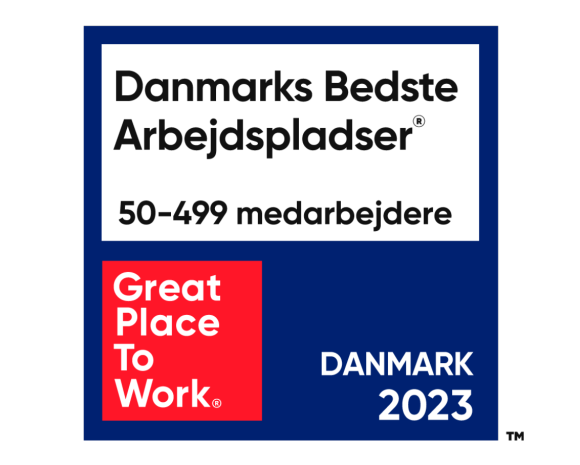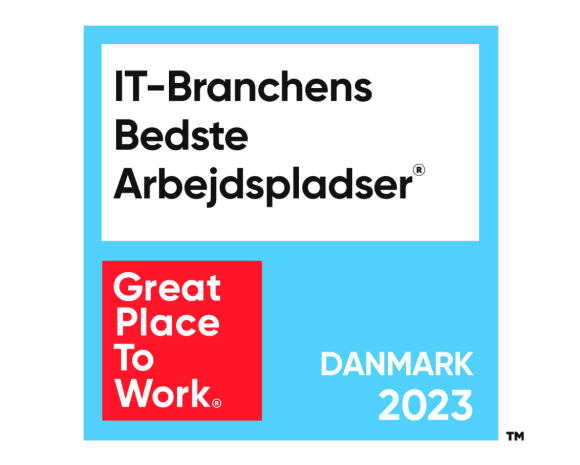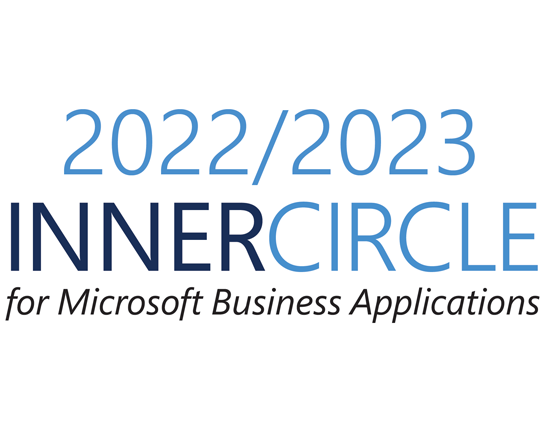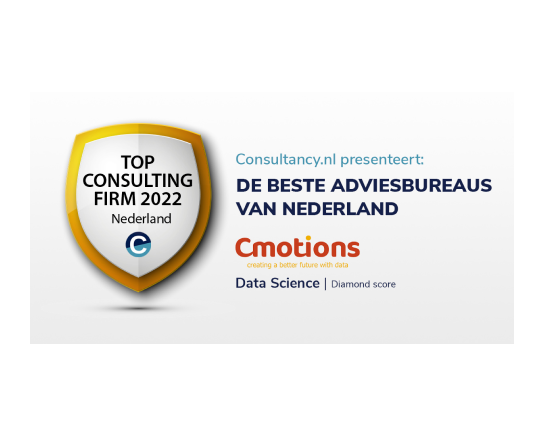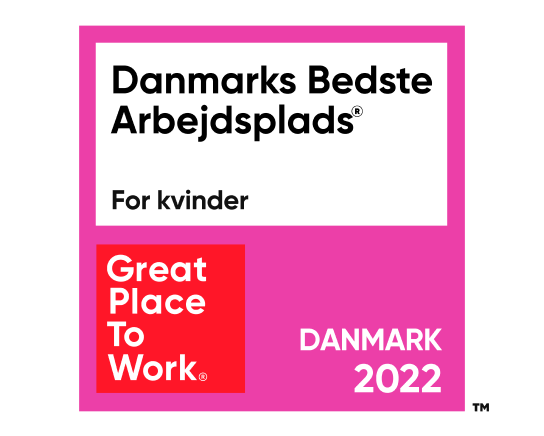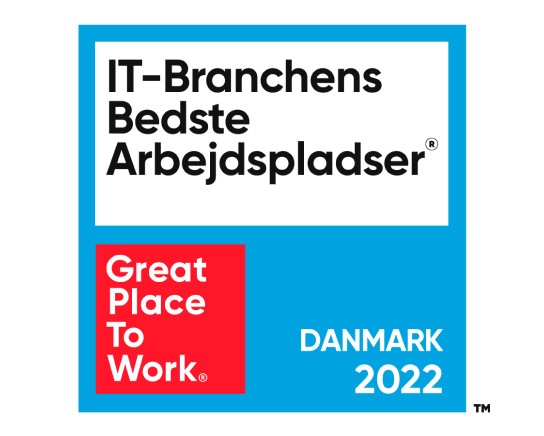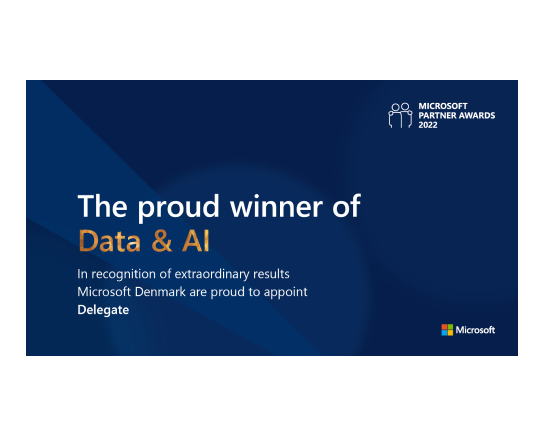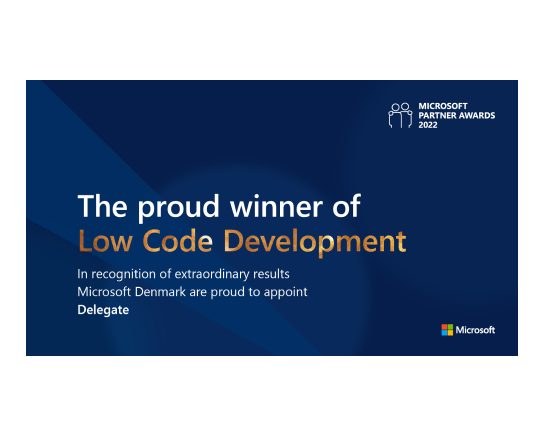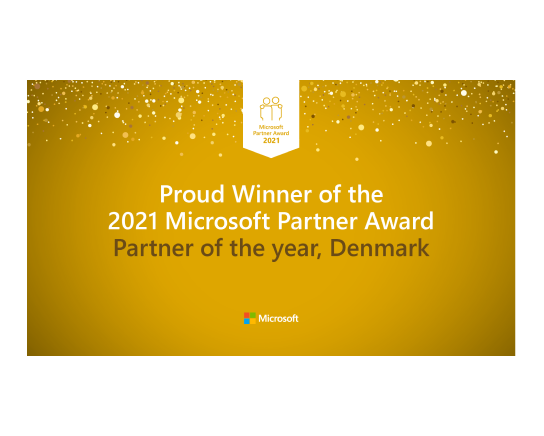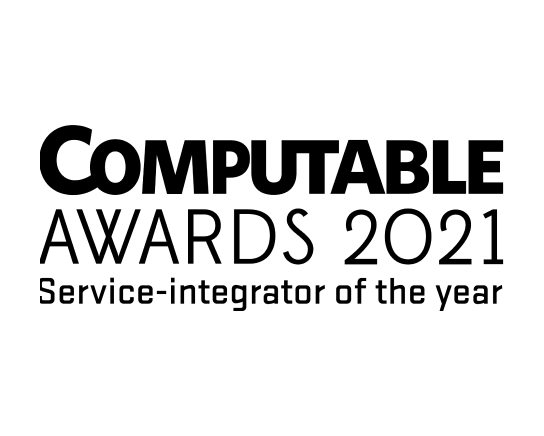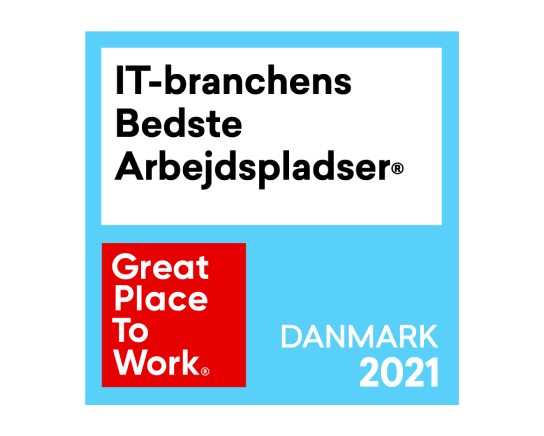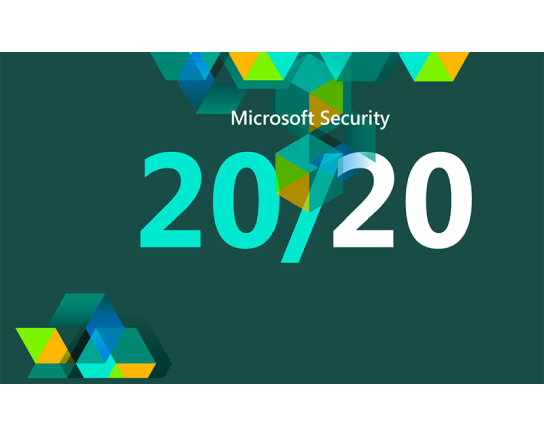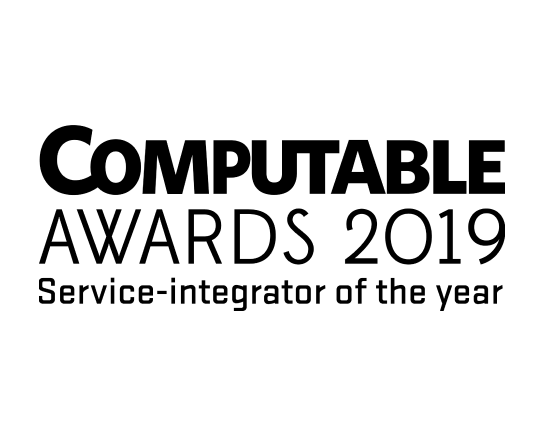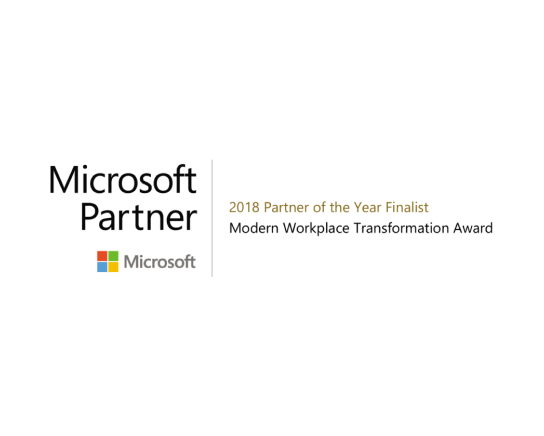Pick and choose the expertise you need
Cloud Consultancy & App Development
Learn moreCloud Infrastructure
& Security
Learn moreData Science & Business Intelligence
Learn moreBusiness Management Solutions
Learn moreEach of our businesses is a leader in its own specialist field, or it wouldn’t be in our Neighborhood. It’s as simple as that.
Focused on Microsoft, data, and the cloud, our businesses specialize in infrastructure, security, applications, business management, data science, and business intelligence.
In this Neighborhood, we’re fluent in Microsoft and a leading partner in Northern Europe. Between us, we have multiple inner circle members, all six solution partner designations, nine specializations, and 17 MVPs. It all adds up to a deep understanding of how to make Microsoft tech work for your business. Whatever the size of your organization and whatever industry you’re in, together we’ll take care of your IT.
Microsoft specializations
- Business Applications: Low Code Application Development
- Business Applications: Small and Midsize Business Management
- Modern Work: Adoption and Change Management
- Modern Work: Calling for Microsoft Teams
- Modern Work: Meetings and Meeting Rooms for Microsoft Teams
- Modern Work: Teamwork Deployment
- Infrastructure: Microsoft Azure Virtual Desktop
- Infrastructure: Infra and Database Migration to Microsoft Azure
- Digital and App Innovation: Kubernetes on Microsoft Azure
Our growing Neighborhood
Working both independently and together, we solve all kinds of digital challenges. Explore the Neighborhood below.
Cloud Infrastructure & Security

Helping you realize your modern workplace ambitions, while ‘making IT personal’.
Visit the site
Scaling your ambitions through managed hosting and cutting-edge cloud tech.
Visit the site
Helping both start-ups and enterprises realize their Kubernetes ambitions.
Learn moreCloud Consultancy & App Development

Consulting for you to realize your ambitions across the entire Microsoft cloud spectrum.
Visit the site
Supporting you in creating and maintaining bespoke cloud-based applications.
Visit the site
Simplifying how you execute complex programs in the project portfolio management space.
Visit the site
Helping you make a smooth journey towards fully embracing cloud technology.
Visit the siteBusiness Management Solutions

Solving your ERP challenges while focusing on Microsoft Dynamics 365 Finance & Supply Chain Management (F&O).
Visit the site
Supporting Microsoft Dynamics customers in your cloud and business application journey.
Visit the siteData Science & Business Intelligence

Helping you make the most of your data using advanced data science tech like predictive analysis.
Visit the site
Creating intelligent, insight-led businesses by helping you understand the true value of your data.
Visit the site
Unleashing your (Big) data's potential, from architecture setup to deep analysis, forecasting, and actionable insights.
Visit the siteCase studies
Awards & accolades
When one of us wins, we all win.
